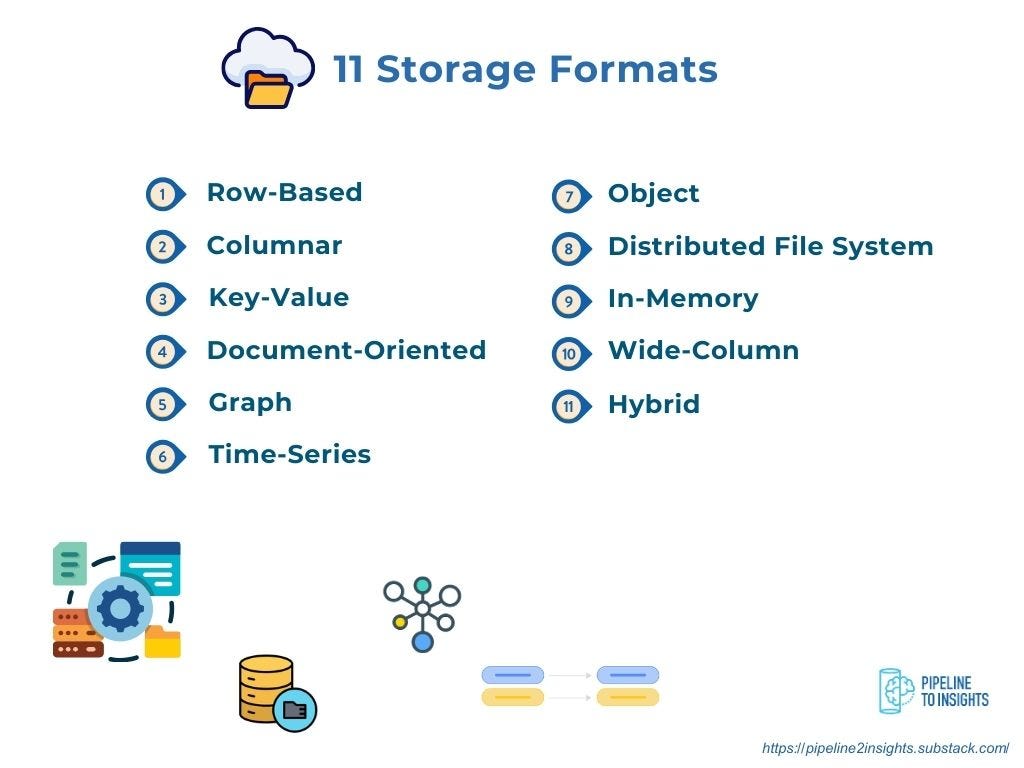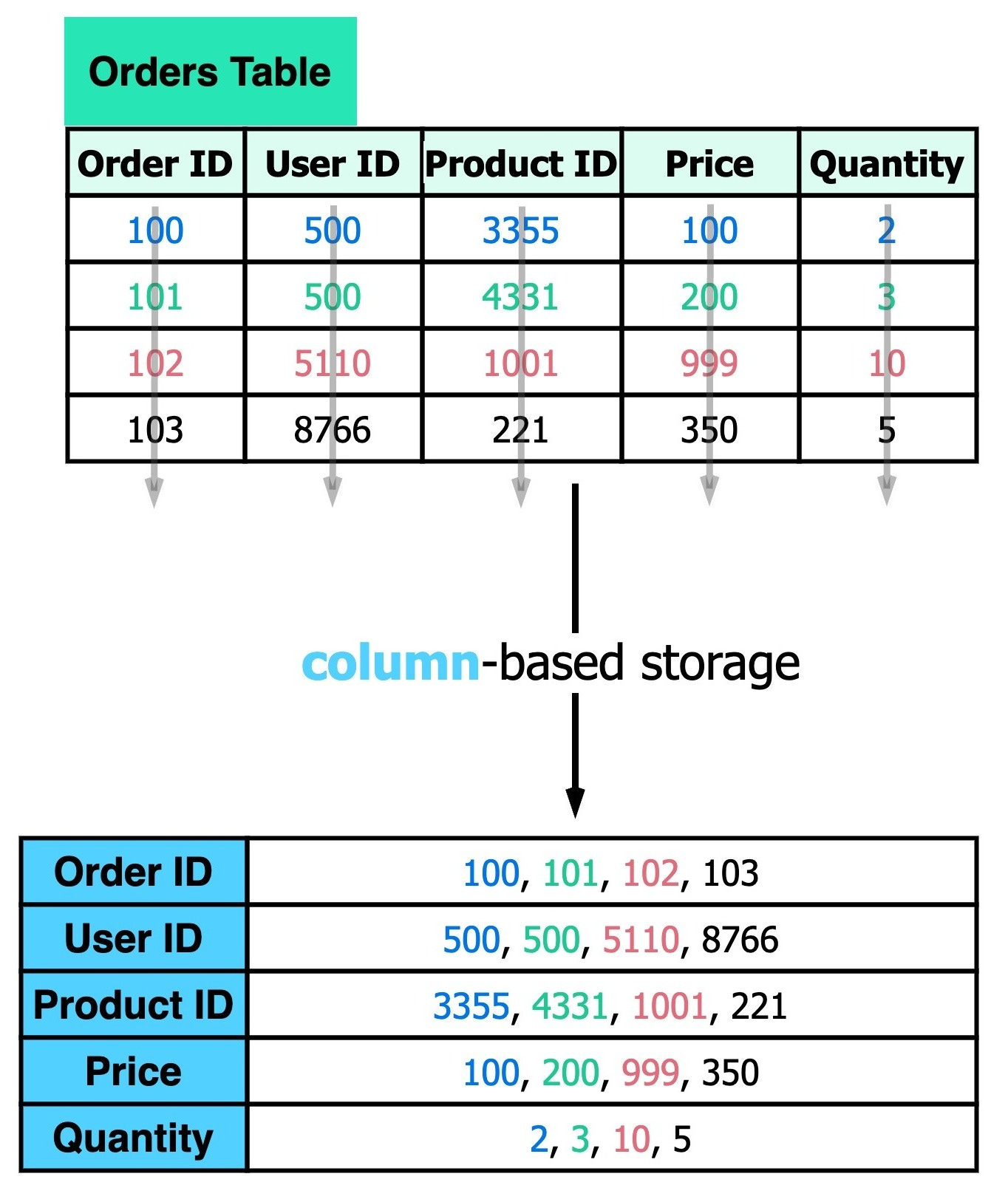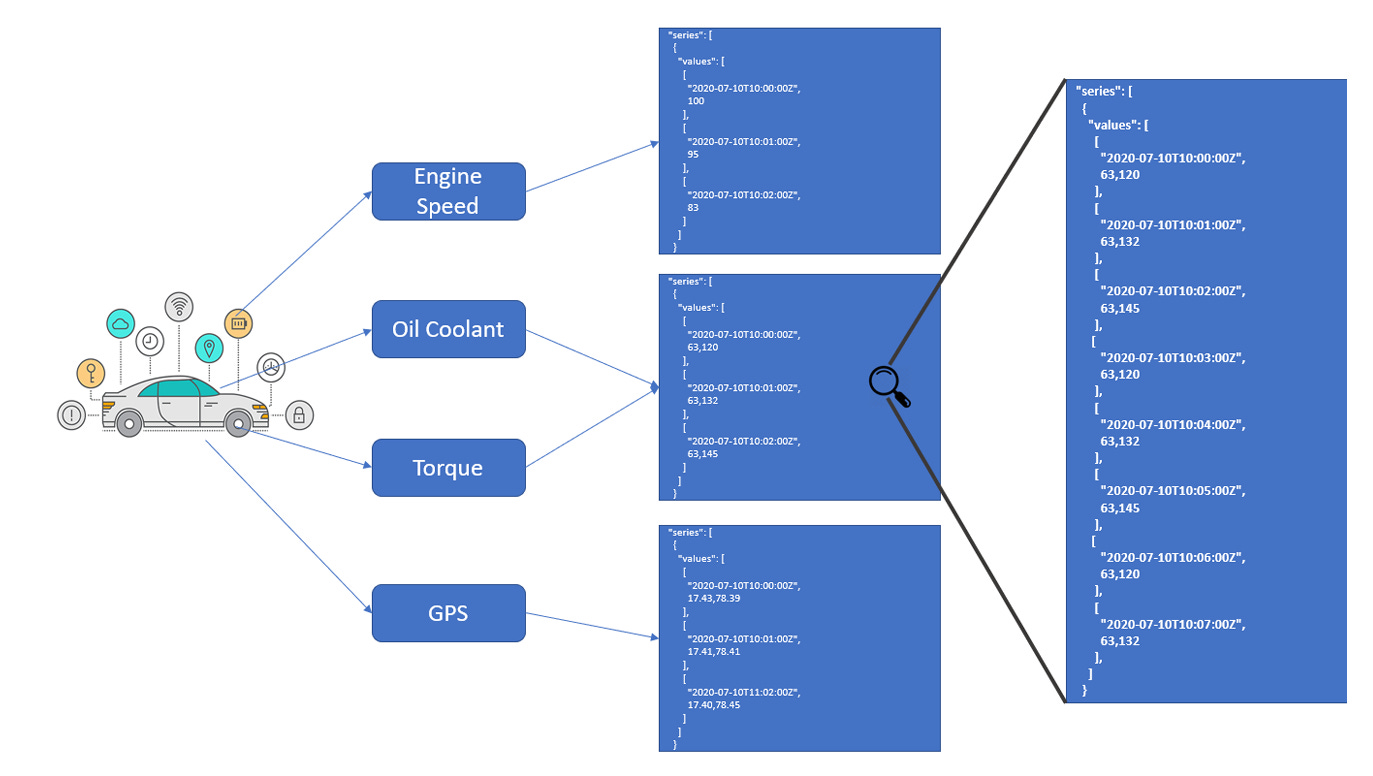11 Storage Formats for Data Engineers
How to leverage storage formats for efficient and scalable data systems
In Data Engineering, the choice of storage format is a foundational decision that influences the efficiency, scalability, and overall cost-effectiveness of a system. Storage formats are the backbone of how data is ingested, processed, stored, and queried. By understanding the strengths and limitations of each format, Data Engineers can design systems that meet current demands and scale seamlessly as data grows in complexity and volume.
In this post, we explore 11 key storage formats, their principles, and practical applications, simplifying to choose the right format.
1. Row-Based Storage
Purpose: Optimised for transactional systems where entire rows are frequently accessed.
Method: Stores data row by row in sequential order.
Benefits:
Ideal for OLTP workloads.
Simple and intuitive.
Limitations:
Less efficient for analytical queries.
Increased storage size for repeated values.
Examples: MySQL, PostgreSQL.
2. Columnar Storage
Purpose: Designed for analytical workloads involving aggregations and filtering.
Method: Stores data column by column, enabling faster reads for specific columns.
Benefits:
Excellent for OLAP systems.
Highly compressible and query-efficient.
Limitations:
Slower for insert/update operations.
Examples: Apache Parquet, ORC, Amazon Redshift.
3. Key-Value Storage
Purpose: Stores data as key-value pairs, optimised for quick lookups and scalable architectures.
Method: Associates unique keys with corresponding values.
Benefits:
Simple and highly scalable.
Efficient for caching and session management.
Limitations:
Not suited for complex queries.
Examples: Redis, DynamoDB.
4. Document-Oriented Storage
Purpose: Stores semi-structured data in a flexible, schema-less manner.
Method: Data is saved as documents, often in JSON or BSON formats.
Benefits:
Supports nested data and dynamic schemas.
Easy to scale horizontally.
Limitations:
Limited support for complex relationships.
Examples: MongoDB, CouchDB.
5. Graph Storage
Purpose: Designed for relationship-driven data and graph-based queries.
Method: Stores data as nodes, edges, and properties to represent relationships.
Benefits:
Optimised for connected data (e.g., social networks).
Intuitive querying of relationships.
Limitations:
It can be complex to model and scale.
Examples: Neo4j, Amazon Neptune.
6. Time-Series Storage
Purpose: Specialised in chronological data and time-series analysis.
Method: Optimised for timestamp-based indexing and querying.
Benefits:
Highly efficient for time-stamped data.
Supports downsampling and summarisation.
Limitations:
Limited to non-time-series workloads.
Examples: InfluxDB, Prometheus.








